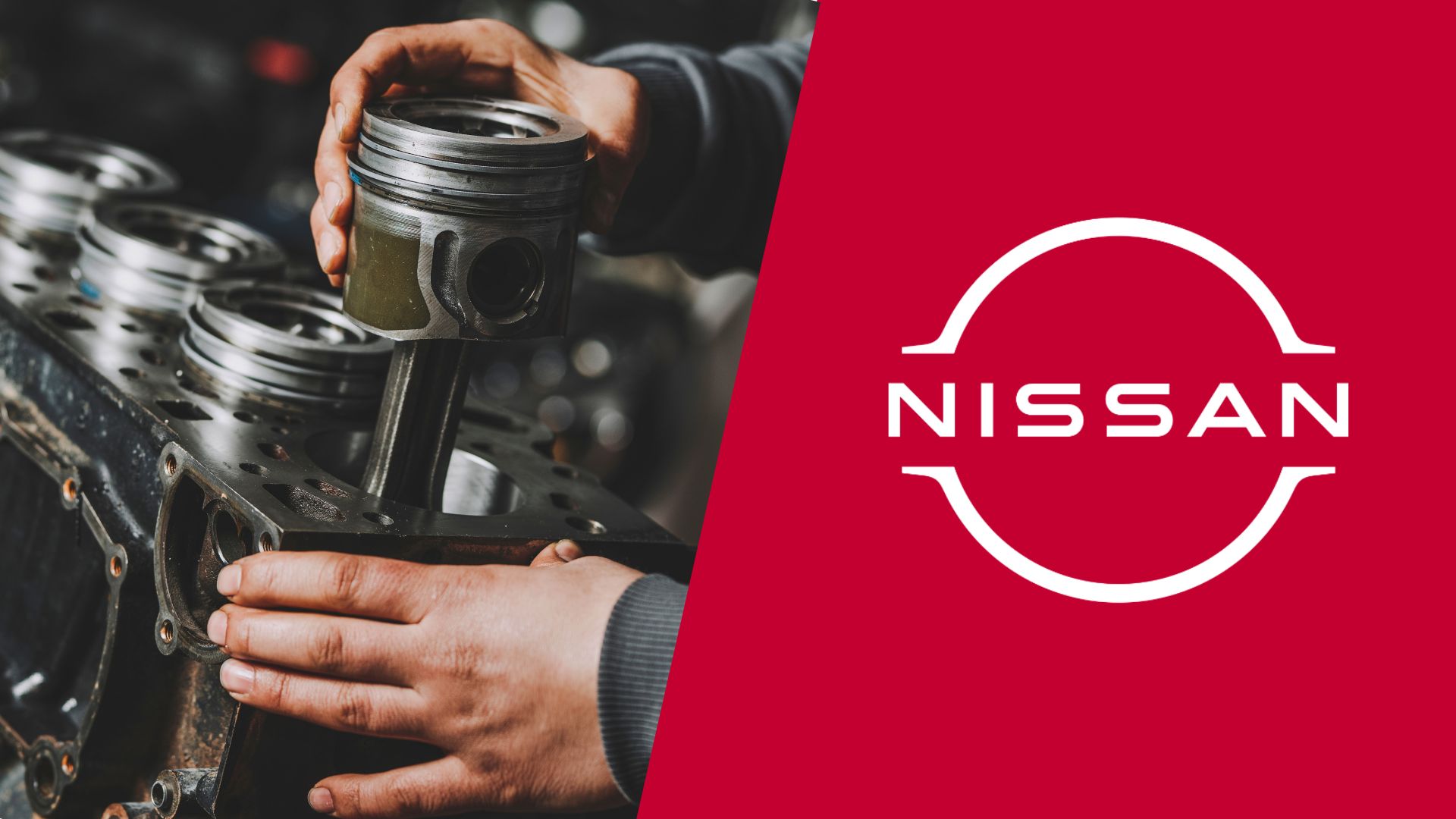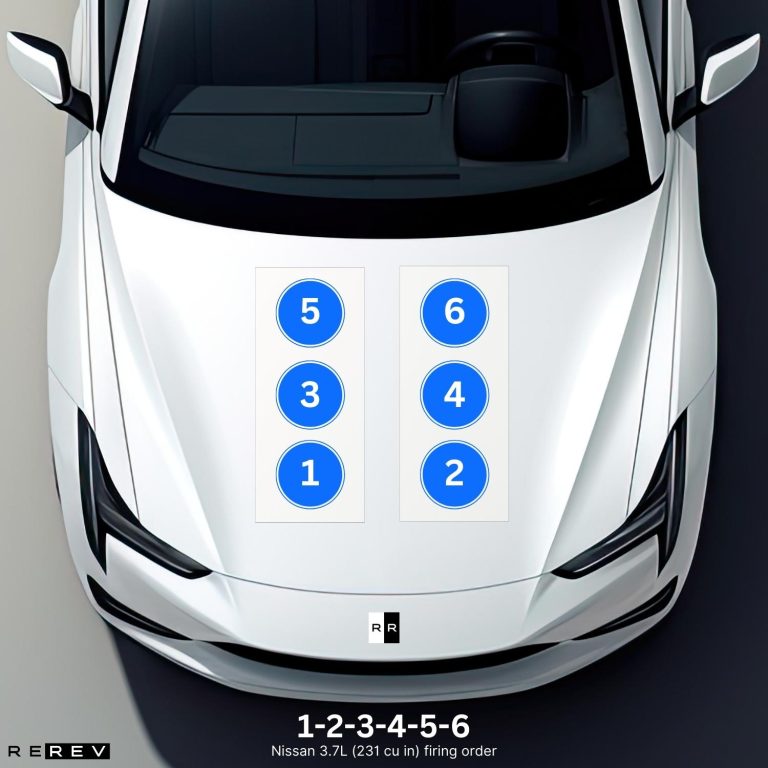Nissan 3.7L (225 cu in) firing order — diagram & guide
Delving into the precision of the Nissan 3.7L firing order for a balanced ride.

After the iconic 3.5-liter engine from the Nissan 350Z, the new “Z” model got an upgraded version of the V6. This time the capacity was increased to 3.7-liter and just like the previous engine model, this one also turned out to be more than reliable.
However, the engine requires frequent replacement of the spark plugs and coil packs, which is why you may need the Nissan 3.7L (225 cu in) firing order. To help you properly, we’ll guide you through the firing pattern and cylinder layout of the engine so you can inspect the vehicle’s cylinders and deal with some minor repairs.
Nissan 3.7L firing order
To give you a better perspective, we’ll first start with the firing order of this engine. So, the Nissan 3.7L firing order is 1-2-3-4-5-6, just like the previous 3.5-liter engine. The thing with these engines used in Nissan’s high-performance “Z” models is that they have higher compression rates and may require more frequent oil changes.
Because of all this, the engine needs to be properly maintained which includes timely spark plug and coil replacements, as well as inspecting the engine for misfires or signs of oil leaks. You can do all this once you know how to apply the firing order, so we’ll move on with the cylinder layout of the engine to make that easier.
Nissan 3.7L cylinder diagram

One thing that makes it easier to apply the firing order is the simple engine configuration of the 3.7-liter V6. It’s a standard “V” configuration engine with cylinders 1, 3, and 5 being on the left side, and cylinders 2, 4, and 6 on the right side.
Identifying the first cylinder is the first step toward checking the engine compression and oil consumption. You can check all the other cylinders accordingly with the firing order after the first one and now you know what’s the best place to start.
Nissan 3.7L vehicle applications
Besides the Nissan 350Z, this same engine has been used in several other vehicles so it’s crucial to know the full list to check if your car uses this exact firing pattern:
- Nissan 370Z
- Nissan Skyline
- Nissan Fuga
- Infiniti G37
- Infiniti Q40
- Infiniti Q50
- Infiniti QX70
So, if you own one of these vehicles, you can use the firing order 1-2-3-4-5-6 to inspect the engine and its cylinders and diagnose misfires if needed.
Our take
Well, that settles it for our guide on the 3.7-liter V6 engine’s firing order and we hope it helps all the Nissan owners whose vehicles are powered by this engine. Remember to inspect the cylinders in this exact firing pattern before diagnosing misfires or doing the necessary repairs to ensure everything goes smoothly.